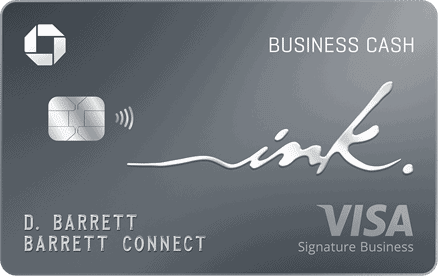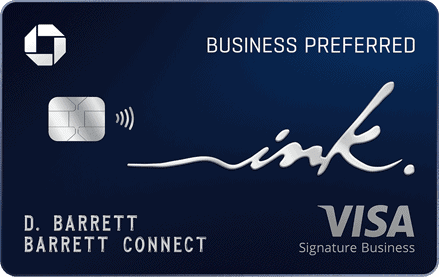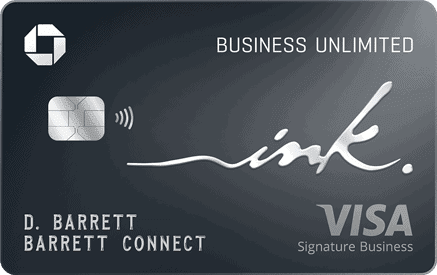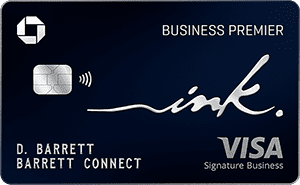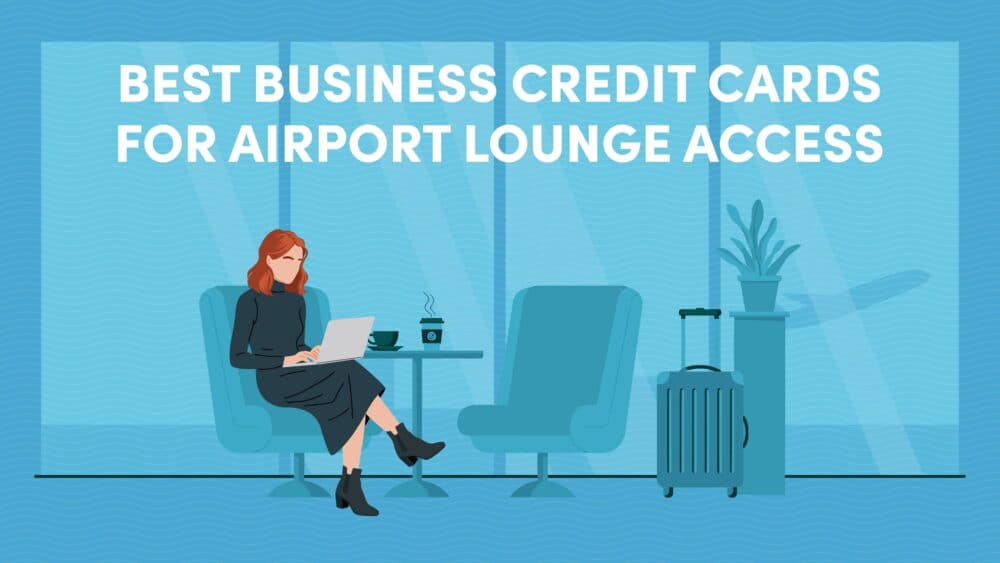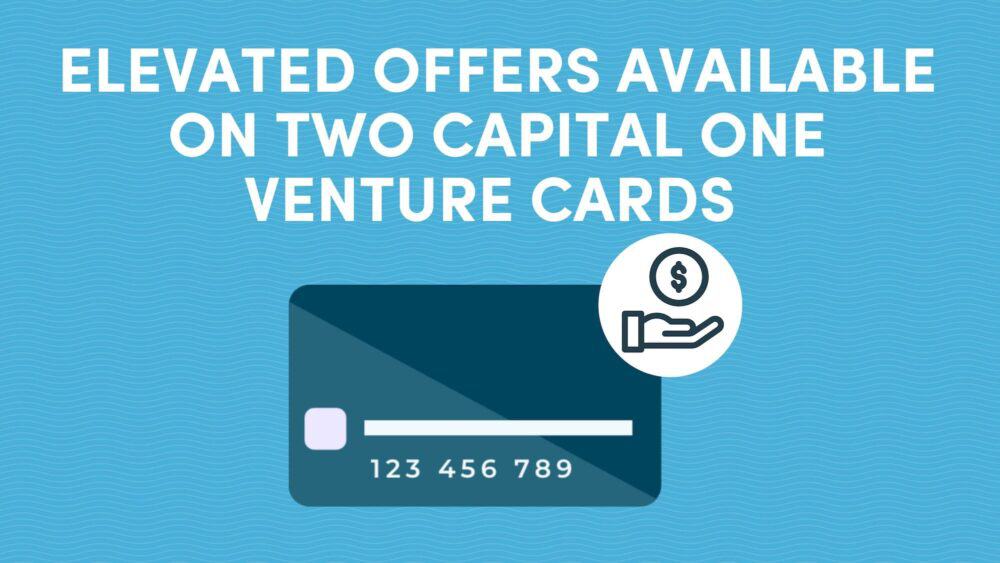
10xTravel is part of an affiliate sales network and receives compensation for sending traffic to partner sites, such as CreditCards.com. This site may earn compensation when a customer clicks on a link, when an application is approved, or when an account is opened. This compensation may impact how and where links appear on this site. This site does not include all financial companies or all available financial offers. Terms apply to American Express benefits and offers. Enrollment may be required for select American Express benefits and offers. Visit americanexpress.com to learn more. All values of Membership Rewards are assigned based on the assumption, experience and opinions of the 10xTravel team and represent an estimate and not an actual value of points. Estimated value is not a fixed value and may not be the typical value enjoyed by card members.
Rachel Pavilanis isn’t running a venture-backed startup or high-spend agency. She’s a software engineer who co-owns Pavilanis School of Music in Eugene, Oregon, teaching kids to play musical instruments. With just $3,000 to $4,000 in monthly business expenses and no employees, Pavilanis has figured out how to generate between 400,000 and 500,000 points annually—enough to take her family of three on one or two international trips per year.
Next year, she’s taking her parents on a fully points-funded two-week trip to Central Europe—all from a small music school’s business expenses.
The Small Business Advantage
Monthly business spend: $3,000 to $4,000 average
Annual points earned: 400,000 to 500,000 points
Annual estimated value: $12,000+
Top spending categories:
- Taxes (quarterly estimated payments)
- Advertising
- Office supplies
- Cellphone / internet
Pavilanis’ story proves you don’t need a six-figure monthly spend to unlock significant travel value. The secret? Strategic sign-up bonus timing around tax payments.

The Tax Time Strategy
“Major tax bills to meet sign-up bonuses,” Pavilanis said when asked what made her start thinking about points for business spend.
Here’s how it works. Pavilanis and her husband time new card applications around tax season, sometimes opening four to five cards to pay their April tax bill across multiple cards to earn welcome offers.
Their go-to cards? Chase Ink business cards.
“We love the Inks for this,” Pavilanis said. “No annual fee, high SUB. We love Chase points for Hyatts.”
For small-business owners who dread quarterly tax payments, Pavilanis’s approach reframes them as an opportunity. That $10,000 to $15,000 tax bill across multiple quarters becomes the foundation for family travel throughout the year.
The Three-Card Core Strategy
While Pavilanis chases sign-up bonuses strategically, she’s built her strategy around three card families:
Chase Ink Cards (multiple)
- No annual fee
- High welcome bonuses
- Points transfer to Hyatt (their primary hotel loyalty program)
- Perfect for tax payments
The Business Platinum Card® from American Express (see rates and fees)
- Annual fee offset by benefits
- Great welcome offers
- Points used for flights
Capital One Venture X Business
- Lounge access
- Annual travel credit
- Easy redemptions
“I try to spread expenses out based on multipliers so Chase sees us using our cards regularly,” Pavilanis explains. She maintains a spreadsheet tracking multipliers but keeps the system simple—certain expenses always go on certain cards.
The Balance: Welcome Offers and Regular Spend
Unlike pure bonus chasers or pure loyalty players, Pavilanis does both.
“Always chasing SUBs if we can, especially around tax time, but we spread out maybe $2,000 in spend across our cards, too.”
This hybrid approach ensures she’s hitting welcome bonuses while maintaining enough activity on existing cards to keep issuers happy. It’s a sustainable middle ground for small-business owners who can’t generate massive category spend.

Real Trips: Three Weeks in England
Pavilanis’s best points trip showcases the power of strategic redemptions for a family of three:
Destination: England – London, Cotswolds, Wales and Bath
Duration: Three weeks
Flights: Air France-KLM Flying Blue (transferred from Chase Ultimate Rewards)
Car rental: Paid with Capital One annual travel credit
Hotels:
- Hyatt Regency London Blackfriars
- The Queensbury Hotel in Bath (Mr. & Mrs. Smith property via Hyatt)
- Wheatsheaf Inn in the Cotswolds (Mr. & Mrs. Smith property via Hyatt)
- Various Wales accommodations booked through Capital One Travel and reimbursed
“We don’t do anything luxurious for flights, but we stay in far nicer hotels,” Pavilanis said. “We travel way more than we could have otherwise.”
Travel That Wouldn’t Otherwise Happen
The points haven’t just upgraded Pavilanis’s family travel—they’ve enabled it entirely.
“Regular Hawaii trips and Europe trips,” Pavilanis listed when asked about trips that wouldn’t be possible without points. “My sister-in-law in Olympia, [Washington], just had a baby, and we specifically got the IHG card with the bonus so that we can go up to stay more frequently. Even for things like this, it is incredibly valuable to us.”
Next year’s highlight? A fully points-funded two-week Central Europe trip for five people—Pavilanis’s family of three plus her parents.
The Mistakes She Made (So You Don’t Have To)
Mistake No. 1: Wrong Card Order
“Dove into Amex with the Platinum because I didn’t understand Chase 5/24 or Amex card family rules.”
For those unfamiliar, Chase’s 5/24 rule means you won’t be approved for many Chase cards if you’ve opened five or more personal credit cards (from any issuer) in the past 24 months. Starting applications with American Express cards can block you from valuable Chase products like the Ink cards that Pavilanis now relies on.
Mistake No. 2: Poor Annual Fee Timing
Pavilanis said she wishes she’d spaced out card applications throughout the year.
“All of our annual fees hit around tax time, and it is a lot,” Pavilanis said.
Getting hit with five to seven annual fees in the same month creates an unnecessary cash flow crunch, especially for small businesses.

Her Advice for Small-Business Owners
1. Start with Chase, then branch out
“Start with one family of cards (ideally Chase) and spread out from there so you aren’t too overwhelmed at first,” Pavilanis said.
The Chase ecosystem offers no-fee Ink cards with strong bonuses, plus points transfer to valuable partners like World of Hyatt and Air France-KLM Flying Blue.
2. Space out your applications
“Pace yourself,” Pavilanis said. “Try to space out your cards throughout the year to spread out annual fees.”
If you’re planning to open four to five cards annually, consider opening them every two to three months rather than all at once around tax season.
3. Track and use every benefit
“Keep track of your benefits and be sure to use all that you can,” Pavilanis said. “I have a spreadsheet, but I also keep reminders on my phone for some of the big benefits because it can make you sick if you miss one of them.”
With premium cards charging north of $500 in annual fees, missing credits and benefits means paying for nothing. Pavilanis makes sure to extract every possible benefit from Amex cards to justify the fees.
4. Time bonuses around big expenses
Don’t just open cards randomly. When you know a tax payment or other large expense is coming, that’s when you apply for new cards to hit welcome bonuses with spending you’d do anyway.
The Surprising Part
“How easy and fun it is!” Pavilanis said.
Despite the reputation that business credit cards and points optimization are complex, Pavilanis has found the opposite to be true. With some basic tracking and strategic timing around tax payments, a small music school generates enough points for multiple family vacations annually.
The Small Business Blueprint
Pavilanis’s approach works because it’s designed for reality:
- Low monthly spend? Focus on welcome bonuses, not category multipliers.
- Predictable big expenses? Time card applications around them.
- Small team? No complex employee card programs needed.
- Limited time? Simple tracking, established patterns.
You don’t need more than $50,000 in monthly spend to make business cards worth it. You need a strategy that matches your business size.
For Pavilanis, that means $3,000 to $4,000 monthly gets carefully distributed across cards, and tax payments fund sign-up bonuses. The result is anywhere between 400,000 and 500,000 points annually—enough to take a family of three to Europe for three weeks, make regular Hawaii trips and visit family across the country without worrying about the cost.
The music school may be small, but the travel isn’t.
Want to see how other business owners earn points? Check out this case study on how a digital marketing CEO earns tens of thousands of dollars in travel value on his business spending.
Want to build out your own card portfolio for your business? Check out our list of best cards for business owners to find the best offers for your business.
Get help with business formation from our friends at Northwest Registered Agent
New to the world of points and miles? The Chase Sapphire Preferred® Card is the best card to start with.
With a bonus of 75,000 bonus points after you spend $5,000 on purchases in the first 3 months from account opening. , 5x points on travel booked through the Chase TravelSM Portal and 3x points on restaurants, streaming services, and online groceries (excluding Target, Walmart, and wholesale clubs), this card truly cannot be beat for getting started!
when you spend $6,000 on purchases in the first three months after account opening
after you spend $8,000 on purchases in the first 3 months from account opening.
Annual Fee: $95
after you spend $6,000 on purchases in the first 3 months from account opening
after you spend $10,000 on purchases in the first 3 months from account opening.
Annual Fee: $195
after you spend $20,000 in eligible purchases on the Business Platinum Card® within the first 3 months of Card Membership.
Annual Fee:
$895
200,000 miles when you spend $30,000 in the first 3 months, and an additional 200,000 miles when you spend $150,000 in the first 6 months
Annual Fee: $395
Editors Note: Opinions expressed here are author’s alone, not those of any bank, credit card issuer, hotel, airline, or other entity. This content has not been reviewed, approved or otherwise endorsed by any of the entities included within the post.



